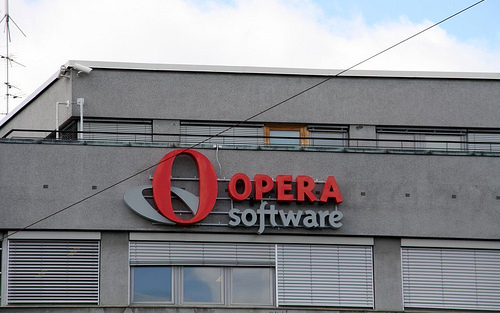In the early 1990s, Rubbermaid, a company that manufactured and distributed household items, announced the plan to “introduce at least one new product per day, seven days a week, 365 days a year, while entering a new product category every twelve to eighteen months.” According to the CEO at the time, Wolfgang Schmit, the company’s vision was to “grow.”
In his book, How the Mighty Fall, Jim Collins mentions how Fortune Magazine wrote about Rubbermaid in 1994, calling it America’s “Most Admired Company”. It was said to be more innovative than Apple and Intel at the time. Twenty-one years later, Apple is rated as one of the most innovative companies in the world while Rubbermaid went on a decline till it was acquired by Newell Corporation in 1998.
What caused Rubbermaid’s decline? It certainly wasn’t a lack of innovation. Rather, it was the excess of it. Innovation has been duly extolled for the world-changing virtue that it is, but there comes a time when it brings negative returns. Motorola, Merck and HP proved this as they suffered decline amidst much innovation in the early 90s.
So, when does innovation lead to a decline, or when does it become a disease?
When it leads to an unhealthy obsession with growth
I’m currently reading Jim Collins’ How the Mighty Fall. In the book, he highlights some once-great organizations that went through five stages of decline. One of those stages is the “Undisciplined pursuit of more.”
There is nothing wrong with organizations looking to grow and expand their business. That, in fact, is the reasonable way to go. However, when an organization becomes so obsessed with growth and expansion, that it starts cooking up ideas that make it neglect its core business, things will go sideways. Not all innovation is good. What’s worse, when the innovating company refuses to acknowledge the failure of said innovations, then it starts to eat up what was once sturdy.
When it erodes tactical excellence
Looking at Rubbermaid’s ambition to introduce one product per day, it seemed like a good idea at the time. But the company started failing at controlling costs and filling orders on time. In the four years following the plan and just before they were absorbed by Newell Corporation, the company’s revenues declined, nearly 6,000 products were eliminated, nine manufacturing plants were shut down, and 1,170 people lost their jobs. The company tried to comeback with acquisitions but it was too late.
When it becomes more important than company values
All companies have their values, i.e. what they stand for, and those values should guide the company’s direction. However, when the company starts to abandon its values, which have endeared it to customers and stakeholders, then trouble lies ahead.
Great companies change strategies all the time, but their core values remain constant. It’s like using a compass; the centre of the compass remains constant while the needles move around to find the correct bearing.
Photo Credit: Aaronth via Compfight cc





















